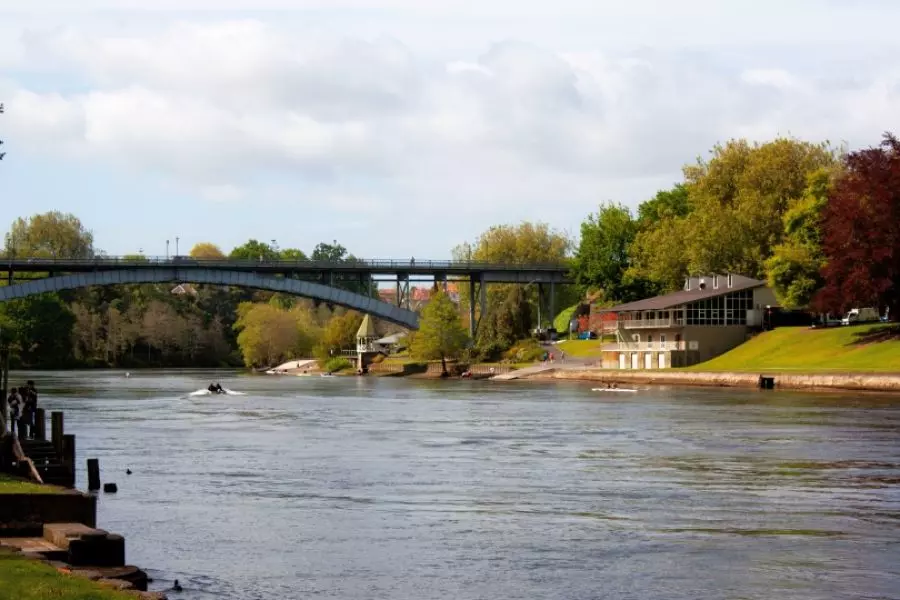News
Supply standoff in Hamilton

Wednesday 31st of August 2016
Close proximity to Auckland means Hamilton has been benefitting from Auckland’s boom while, at the same time, it is the hub of the Waikato and New Zealand’s fourth-largest regional economy.
As a result, Hamilton’s population is growing – and fast, albeit not at Auckland’s rate.
Earlier this month, Hamilton City Council staff released data which indi...
Want to read the full article?
Click the button below to subscribe and will have unlimited access to full article and all other articles on the site.






![[The Wrap] Bye Bye Bayly](https://goodreturns.publit.io/file/c_fill,w_900,h_600/39f23ac1-f7c7-4854-b700-a150004ebbac.webp)


